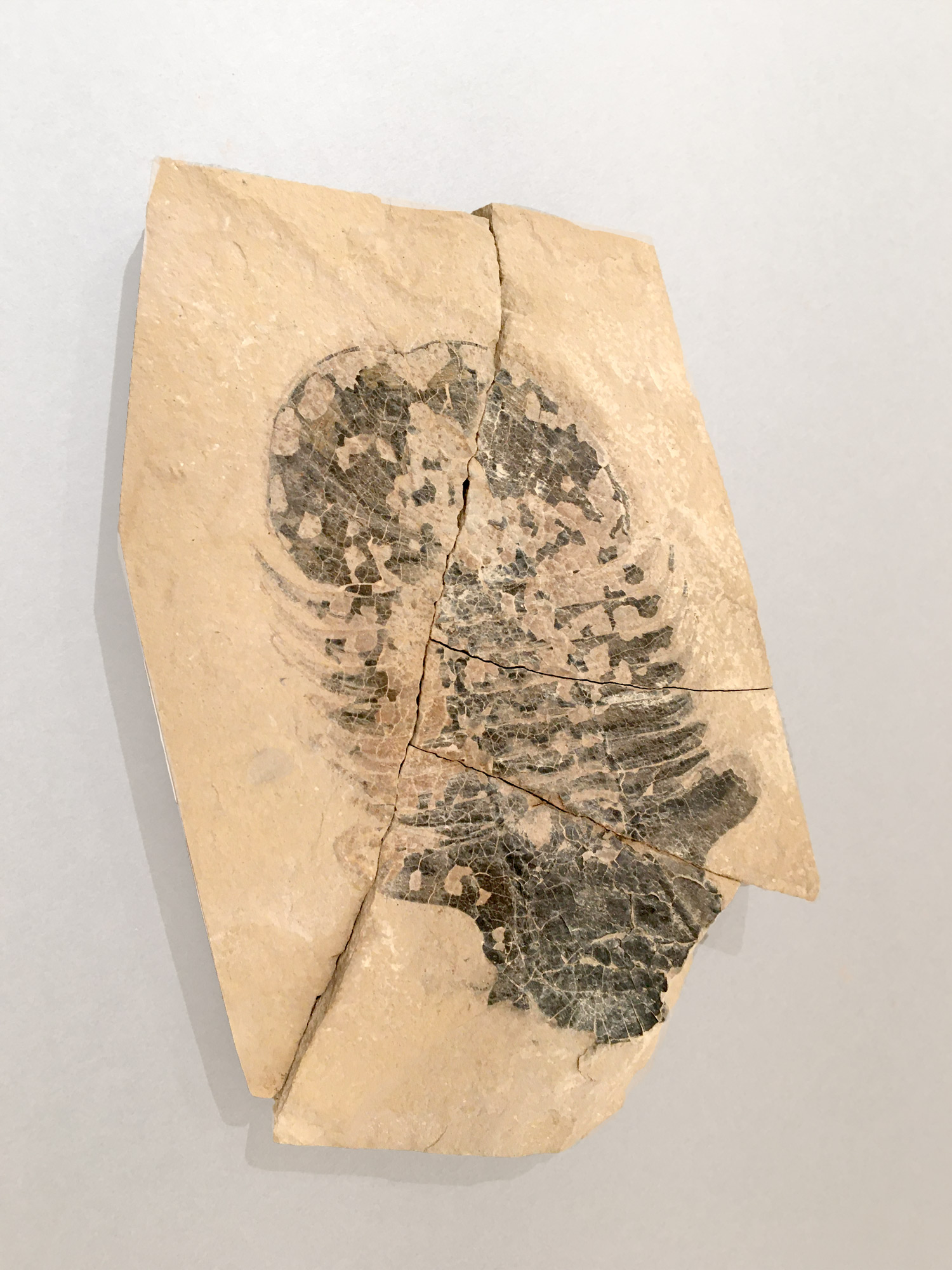When most people think of Utah and fossils, they immediately think of dinosaurs. Indeed, Utah and the area around Moab in particular are home to some of the most abundant and diverse dinosaur fossil sites in the world. The cliffs and canyons of the Colorado Plateau and Great Basin areas hold numerous other fossils, however, including a variety of marine creatures that evidence shallow seas millions of years ago.
While they may not be as charismatic as the ferocious Utahraptor or as massive as some of the famous sauropod dinosaurs found near Moab, the corals, fish, brachiopods, trilobites, and other organisms that lived in seas hundreds of millions of years ago are abundant in several of the geologic layers here in Utah and tell the story of wetter times.
Trilobites, for example, are a common fossil worldwide and hail from a period of time geologists call the Paleozoic. They were once among the most abundant and diverse animals on earth, a class of arthropods encased in a hard exoskeleton that scuttled or swam over the seabed living as scavengers, predators, or filter-feeders in the days before fish, reptiles, or mammals had evolved.
Due to their abundance, their hard and easily fossilized bodies, and the fact that they lived in the sea where their remains were readily preserved in layers of sediment, trilobite fossils are common throughout the world in rocks from Cambrian age to Permian age (about 542 million years ago until about 251 million years ago.)
While the rocks exposed in the immediate vicinity of Moab formed after trilobites went extinct, the Wheeler Shale, Weeks Formation, and Marjum Formation in western Utah are rich in a diverse array of trilobites. These fossils provide a valuable window deep into the past, as they are older than even the most ancient dinosaur fossils.
The Moab Museum is dedicated to sharing stories of the natural and human history of the Moab area. To explore more of Moab’s stories and artifacts, find out about upcoming programs, and become a Member, visit www.moabmuseum.org.




